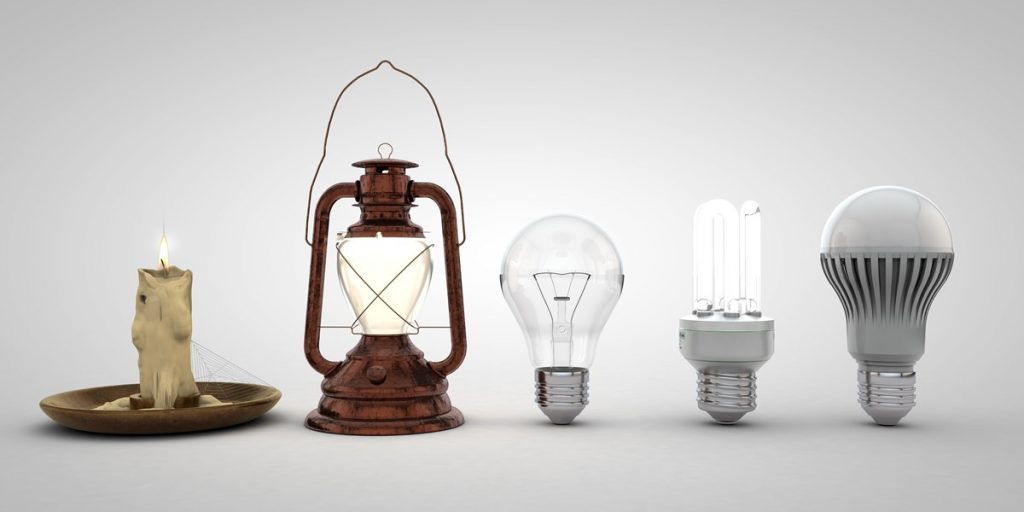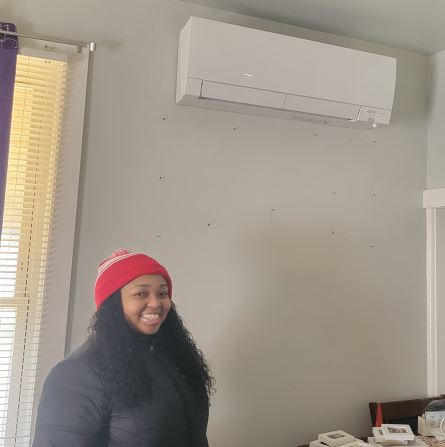It’s time to turn the lights out on replacing incandescent lightbulbs and CFLs with LEDs. The humble lightbulb and its more energy-efficient descendant have been a staple of almost every in-home energy assessment CMC has completed during the last 46 years. But just as the seasons change, so must CMC.

Electric savings from lightbulbs have been shrinking as they have become more energy efficient and federal lighting standards have become more stringent. Those changes have effectively eliminated the energy savings that CMC previously could claim for the various programs we support. This represents a change in the way CMC achieves its savings goals for utilities.
In the past, CMC was able to find huge energy savings by swapping out the incandescent bulbs for CFLs, which contributed to very cost-effective savings at a high margin for the company. Or, more simply, we made a lot of money on lightbulbs. For example, the Connecticut office, at its peak, was purchasing more than 25,000 bulbs a year that we charged—on average—$7 a bulb to the utility.
“Light bulbs have already been removed from all residential and multifamily programs in Connecticut,” said Joe Roy, director of Northeast Operation. “As a result of EISA (Energy Independence and Security Act) standards, Connecticut has been rapidly reducing the measure life of light bulbs over the past several years to the point where they were no longer cost-effective for program implementation.”
Forward thinking
Fortunately for CMC, the company saw the changing tides for lighting as a chance to alter its business strategies. In Connecticut, CMC acquired Aeroseal to replace the quick hit savings of incandescent bulbs with deeper measures, such as the duct sealing work we can do with Aeroseal.
“The good news was that CMC was proactive in response to the EISA changes,” Roy said. “We realized we needed to diversify our offerings way back in 2018 to include things like duct sealing (Aeroseal), increasing and capitalizing on insulation uptake, smart thermostats, heat pumps and heat pump water heaters.”
Incandescent bulbs were eliminated officially from the Connecticut Home Energy Solutions (HES) program in 2023 and the HES Income Eligible program in January of this year.
In Pennsylvania, CMC also has responded to the changing lighting market. During the last six months, only 15-20 percent of the savings generated by the Single Family Income Eligible (SFIE) program came from lighting with PECO’s LIURP Program’s contributions included, according to Joshua Smith, program manager.

“At the program level, we have been aware of lowered opportunities and savings for lighting for some time now and have been making programmatic switches to reflect the reality, such as removing lighting from kits, seeking electric hot water opportunities, installing air purifiers and initiating a major push for mini split ductless heat pumps,” Smith said.
Big picture, the elimination of incandescent and CFL bulb replacement has changed how CMC finds savings for its utility partners, making it more expensive to achieve the same kWh savings.
“It’s tougher to achieve program energy saving goals,” Roy concluded. “You’re spending more money to get the same energy savings. We are now looking at deeper measures rather than at volume measures, such as lightbulb installations. Fortunately, CMC has been planning for this day for years.”

